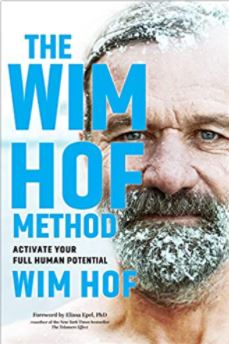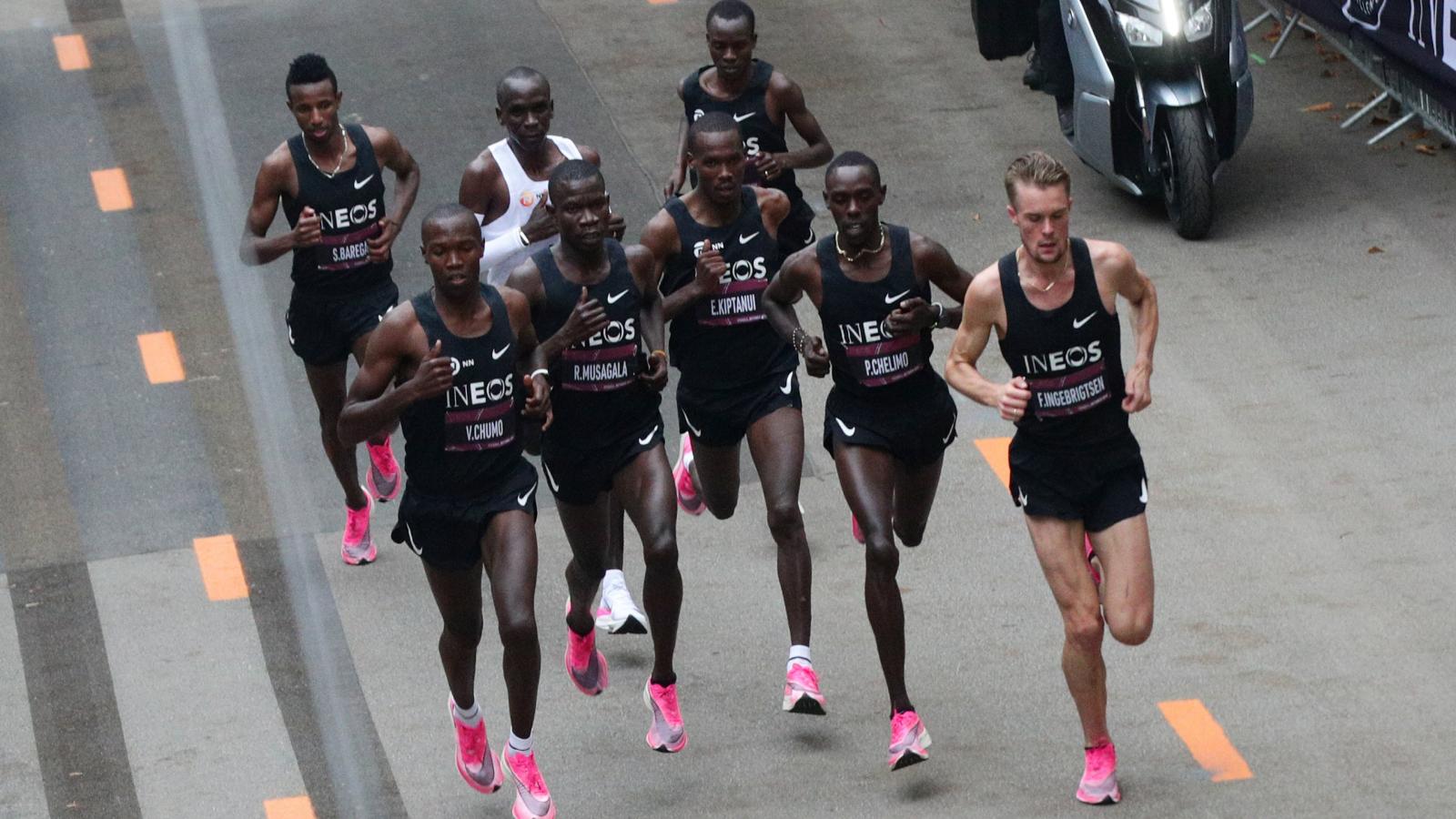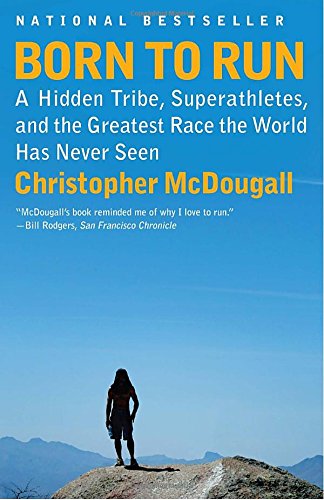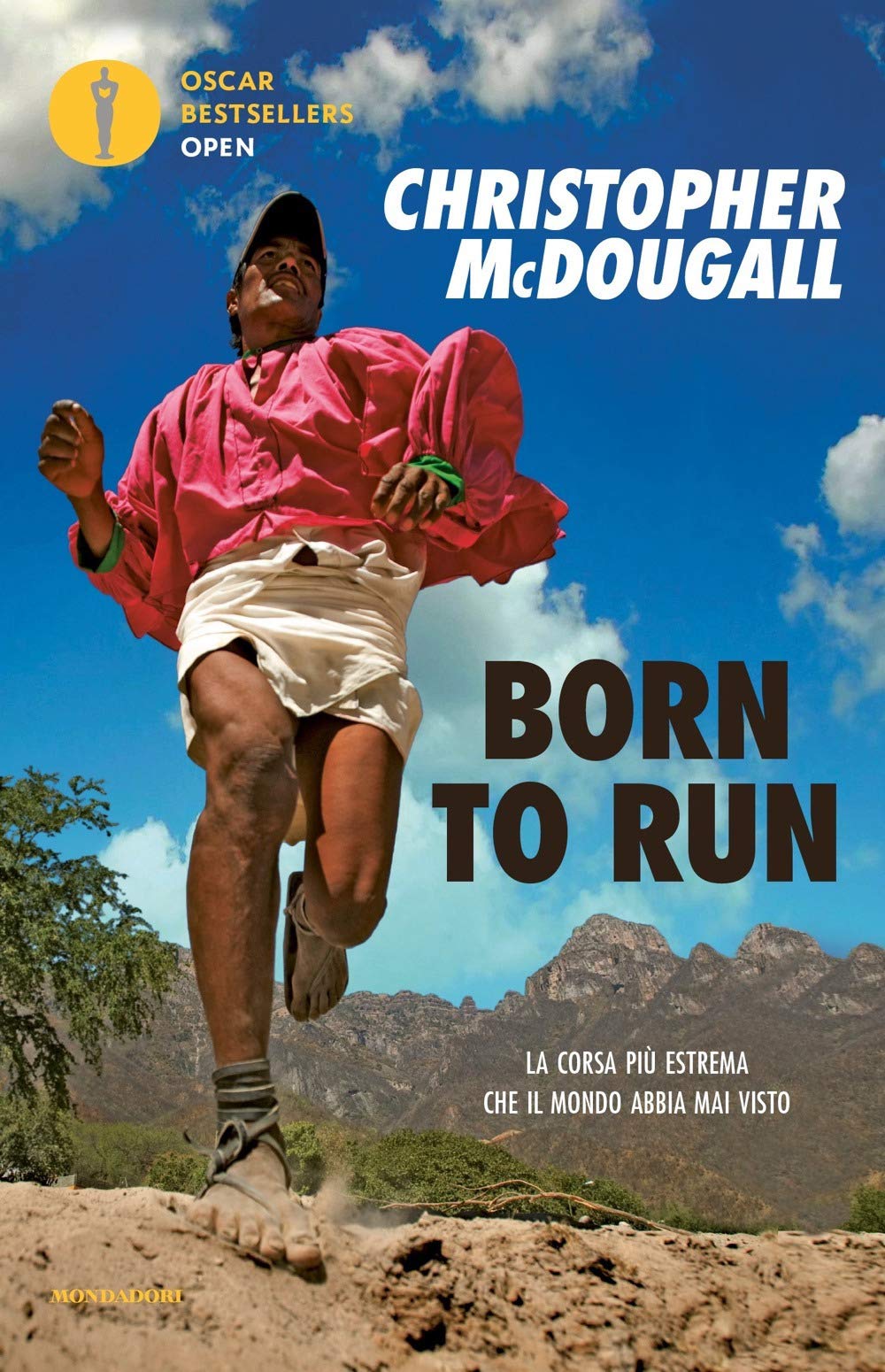Any equestrian knows that the following excerpt "that a human's stride is longer than a horse's stride" is an exaggerated claim by the author who loves urnning, but I loved the book, Born to Run, anyway, as it well written and has great tips on diet and science which are fascinating for all athletes, not just runners. But ask any horse person, and they will tell you that a horse has a 12-foot stride at a hand canter and scientists have shown, for instance, that Secretariat (24.5 ft) had a foot shorter average stride length than American Pharoah (25.23 ft) at the gallop, but was able to run faster. When a human runs, if he has a 12-foot stride, let alone a 25-foot one, I'd love to see that human. I think he was referring to the length of stride of a horse's trot, which is about 4-4.5 feet. When exercise physiologist, Jack Daniels, analyzed human runners' stride lengths at the 1984 Olympics, he found that women distance runners had an average stride length of 58 inches, while women sprinters averaged strides of 80 inches. For men, the average stride was 74 inches for distance runners and 93 inches for sprinters. So he got it right if that is what he meant. Anyway, it is a great book, and be sure and try the pinole recipe. In BORN TO RUN: A Hidden Tribe, Superathletes, and the Greatest Race the World Has Never Seen Christopher McDougall writes: Together, Dr. Bramble and David Carrier began putting their World’s Greatest Marathoner model to the test. Soon, evidence was turning up all over, even in places they weren’t looking. One of their first big discoveries came by accident when David took






